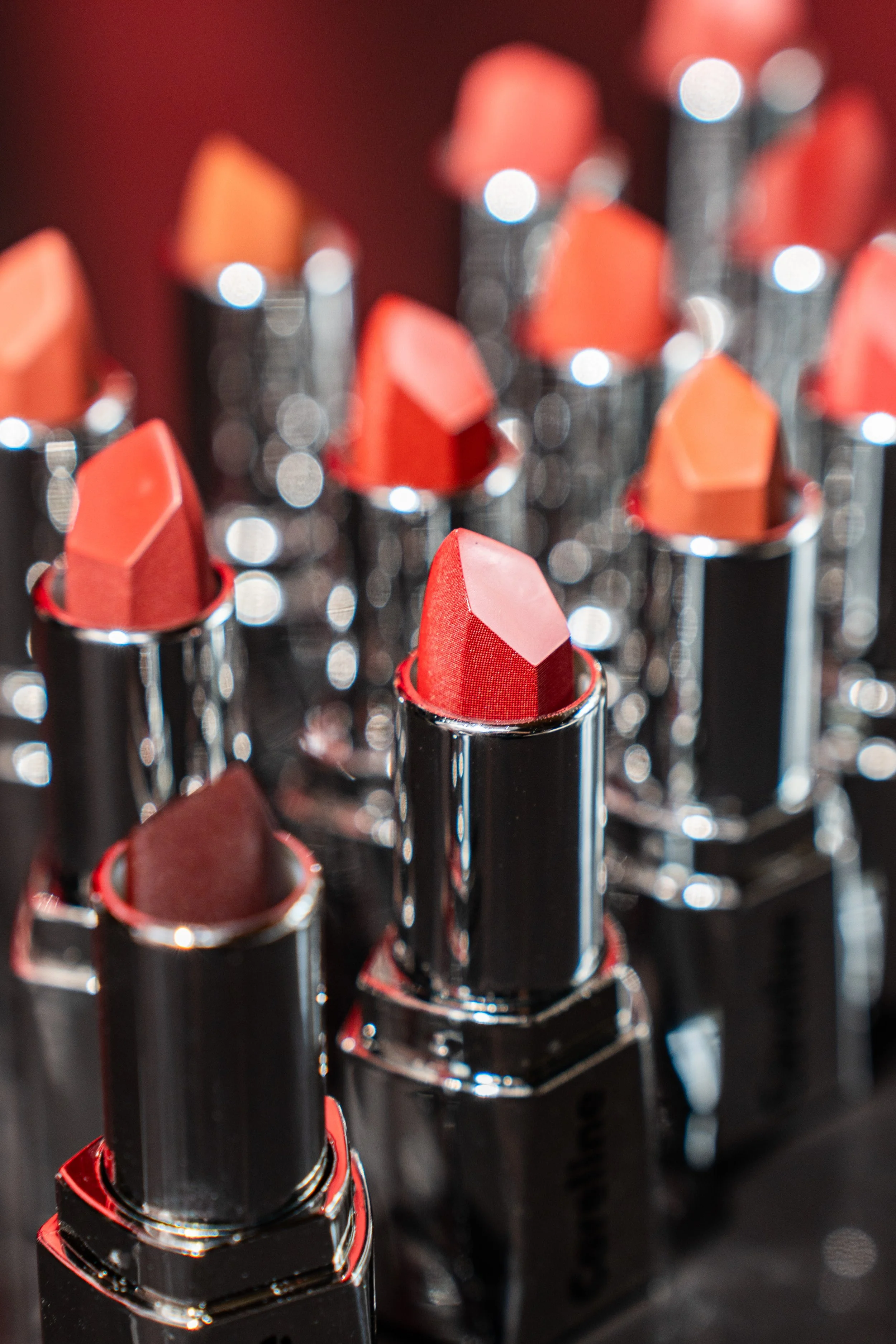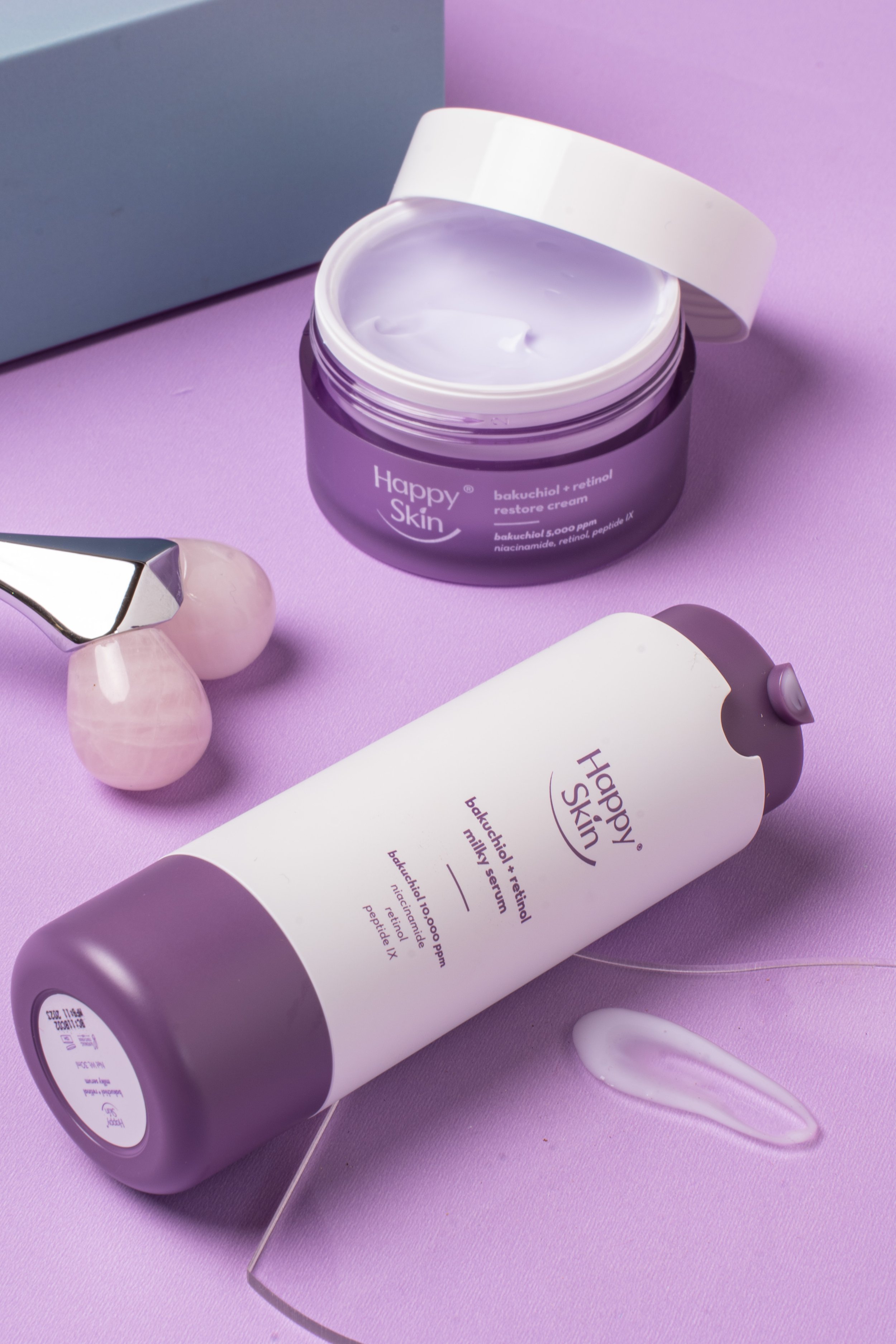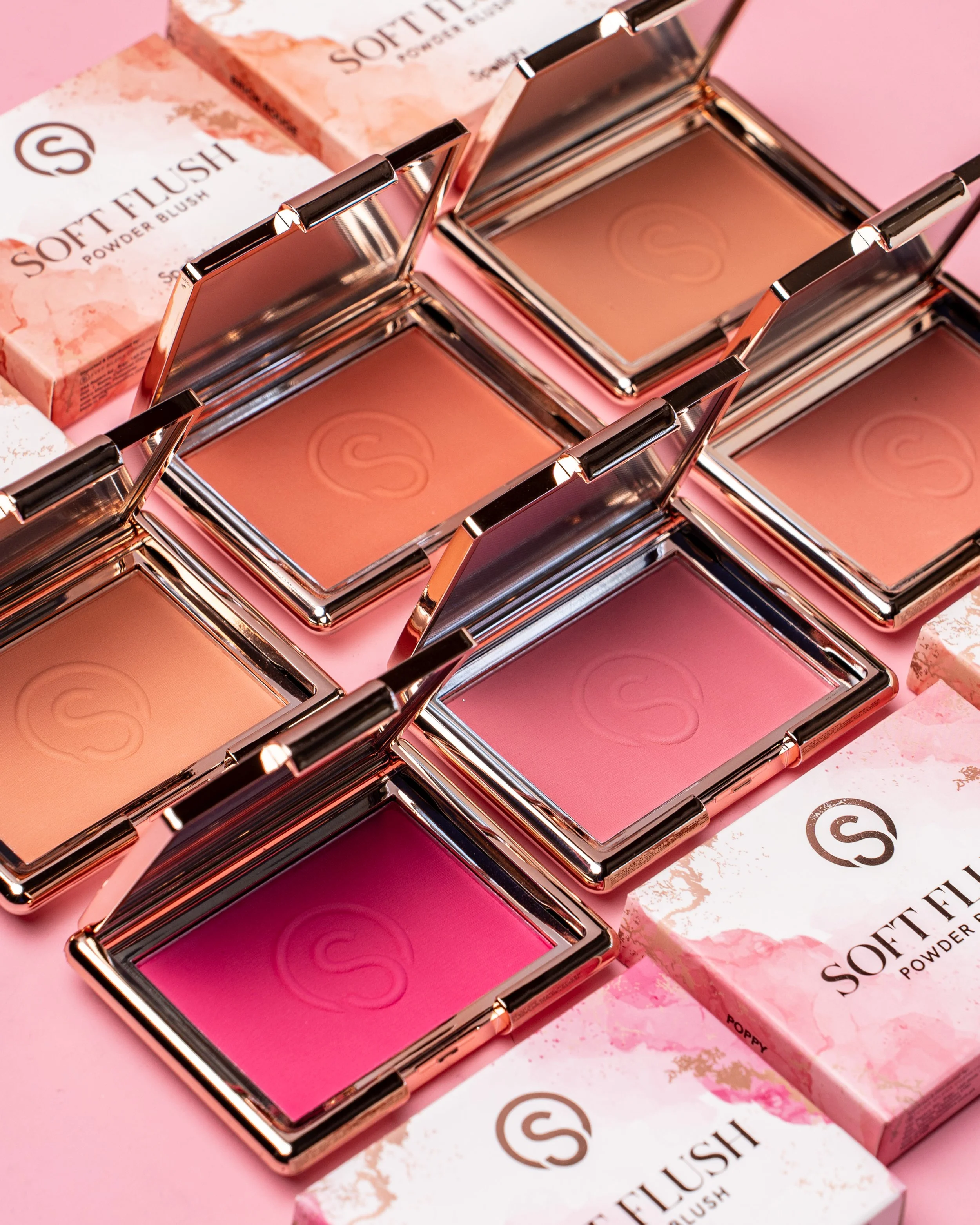The Challenges of Innovation for Filipino Beauty Brands: Why It’s Tough but Not Impossible
I’ve been in the beauty industry for almost 17 years now, and it’s incredible to witness how much it has evolved in just the last decade. When I think of the First Wave of modern Filipino beauty brands, it takes me back to the era when trailblazers like Happy Skin, Colourette, Ellana, and Sunnies redefined what local beauty could be. They didn’t just give us products; they gave us a new sense of pride in wearing makeup that reflected our skin tones, preferences, and local culture. They showed us that Filipino brands could stand tall next to international players.
The Second Wave came during the pandemic—a challenging time for many, yet an opportunity for homegrown brands like GRWM and ISSY to rise. These brands adapted quickly, understanding the needs of consumers stuck at home, and delivered innovative, thoughtful products that resonated with the market. Now, even more local brands are emerging with quality offerings that can hold their own against international competitors. We’re seeing exciting launches, an ever-expanding range of skincare and makeup lines, and a newfound pride in supporting local. But despite the hype and promise, the road to innovation in Filipino beauty is anything but smooth. Here’s why Filipino beauty brands face unique challenges when it comes to developing cutting-edge products.
1. Lack of a Strong Manufacturing Industry
One of the biggest hurdles Filipino beauty brands face is the lack of a robust local manufacturing industry. Unlike countries such as South Korea, Japan, or even Thailand, the Philippines doesn't have an established and stable beauty manufacturing infrastructure. Many local beauty brands have to outsource their raw materials and production abroad—typically in countries like China, Taiwan, or South Korea—where there's access to advanced technology and formulations.
This presents several challenges. First, the timeline for product development gets stretched. Imagine having to communicate design ideas to a foreign manufacturer, wait for prototypes, approve them, and repeat the process until you get something that fits the brand's vision. It’s not as simple as walking into a local factory to tweak a formula or packaging. For brands with high hopes for fast product launches, this is a frustrating reality.
Second, working with foreign manufacturers limits flexibility. Manufacturers abroad often work with several brands at once, so smaller players like our Filipino brands may not always get the priority or customization they need. Want to create a unique shade range or an unconventional texture for your next product? It might take several rounds of negotiation and extra costs to get what you want—if it’s even possible.
This also ties into a bigger issue: the high cost of working abroad. Since we don’t have enough local resources and government support to nurture a thriving beauty manufacturing industry, brands have to pay the price for outsourcing. This means higher costs that eventually get passed on to consumers.
2. Innovation Comes at a Cost—Literally
Developing a new beauty product isn't cheap. Beyond the formula itself, there are packaging costs, new molds, testing, marketing, and everything in between. In more established beauty industries, there are already economies of scale. This means the more you produce, the cheaper it gets. But in the Philippines, where our beauty industry is still growing, the costs are disproportionately high.
For smaller brands, the financial hurdle of innovating is significant. Imagine wanting to launch a fresh new line of lipsticks with a unique formula. You’ll need to commission new molds, create custom packaging, and develop marketing campaigns to generate buzz. All of this adds up. And because our beauty industry is still in its nascent stage, many brands have a smaller market to sell to compared to other ASEAN countries like Singapore, Thailand, or even Malaysia.
With a smaller market and less access to capital, Filipino brands are often forced to prioritize safe, trendy products over truly unique innovations. They simply can’t afford to take huge financial risks on something that may not sell. Plus, many of the big players in the global beauty industry have much deeper pockets and are already producing products at a scale that Filipino brands can’t compete with—at least not yet.
3. Consumer Preference: The Comfort of Familiarity
Filipino consumers are practical. And why shouldn’t we be? In a developing economy where every peso counts, many of us would rather spend our hard-earned money on something we’re sure will work. We’re drawn to products that are trendy, well-reviewed, and backed by influencers or celebrities we trust. This means that the market tends to stick to tried-and-tested beauty products, rather than venturing into unfamiliar territory.
This consumer behavior can make it hard for local beauty brands to push the envelope when it comes to innovation. Why risk launching a groundbreaking product when your audience prefers what’s already popular and well understood? Why spend on educating the market about your new formulation when they just want a dupe of an international bestseller?
Because the demand is often for what's trending, Filipino brands may feel compelled to follow what's hot globally rather than innovate from within. This is why we see a lot of "dupes" and copycat trends in the local market—brands are simply producing what they know will sell, with little room left for experimentation.
Where Do We Go from Here?
Despite these challenges, I truly believe that the Filipino beauty industry has so much potential to innovate. Our rich biodiversity, unique cultural beauty ideals, and creative entrepreneurs are all assets that can be harnessed to push the boundaries of beauty product development.
However, for us to truly thrive, there needs to be more support from both the public and private sectors. The government can play a vital role by fostering local manufacturing industries, providing grants or subsidies to beauty entrepreneurs, and incentivizing brands to produce locally. Private sector investments, on the other hand, can help accelerate the development of Filipino brands by providing them with the capital needed for research, development, and innovation.
Most importantly, we as consumers also play a crucial role. We can support our local brands by being more open to trying new products, embracing innovation, and being patient with local brands as they find their footing in a competitive global market.
In time, I have no doubt that Filipino beauty brands will find their place in the global stage. We’ve already seen glimpses of this with brands that celebrate our natural ingredients and diverse skin tones. While the journey to innovation is tough, it’s not impossible. With a little bit of support, creativity, and perseverance, we’ll get there—beautifully and proudly Filipino.





